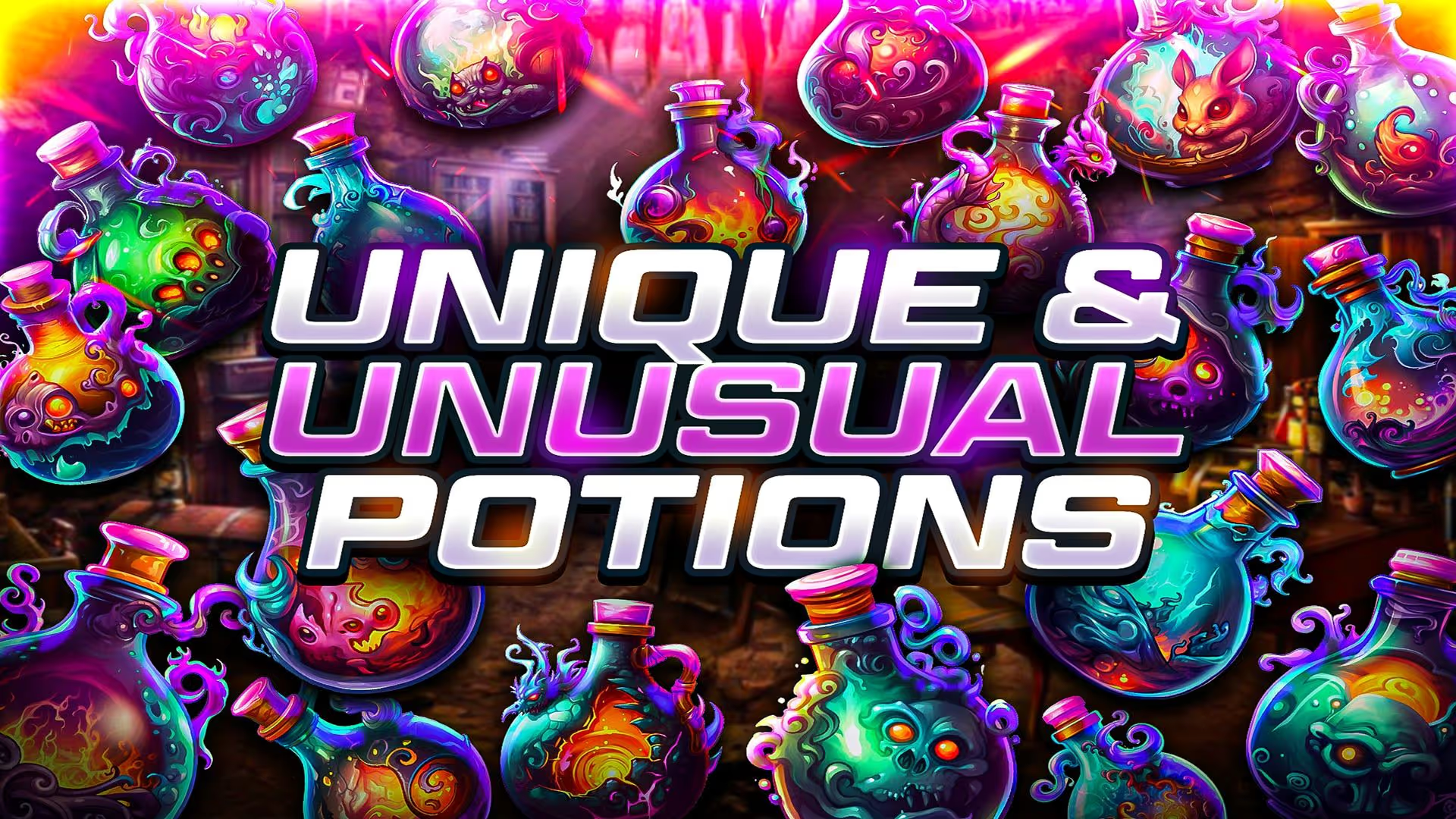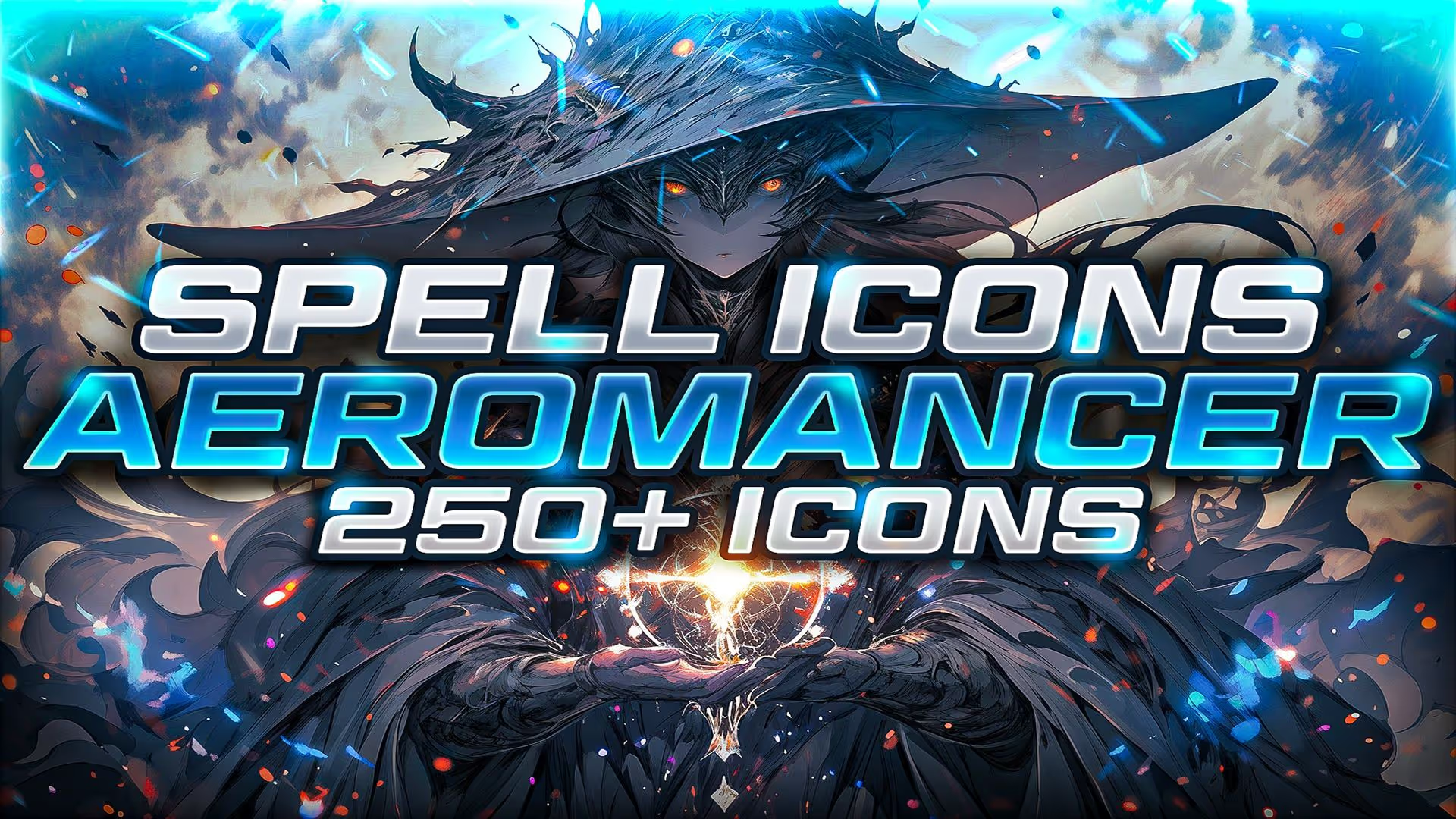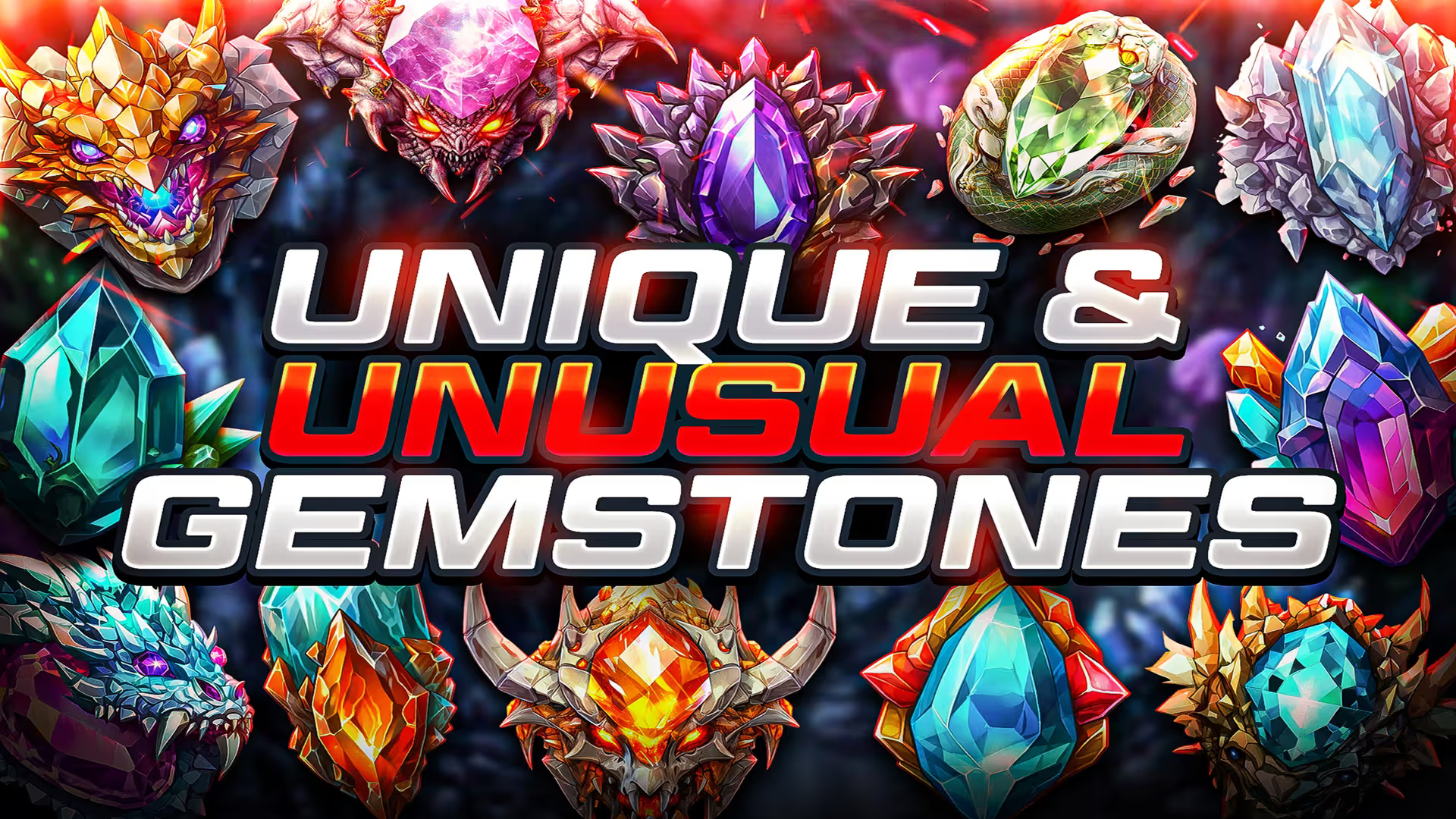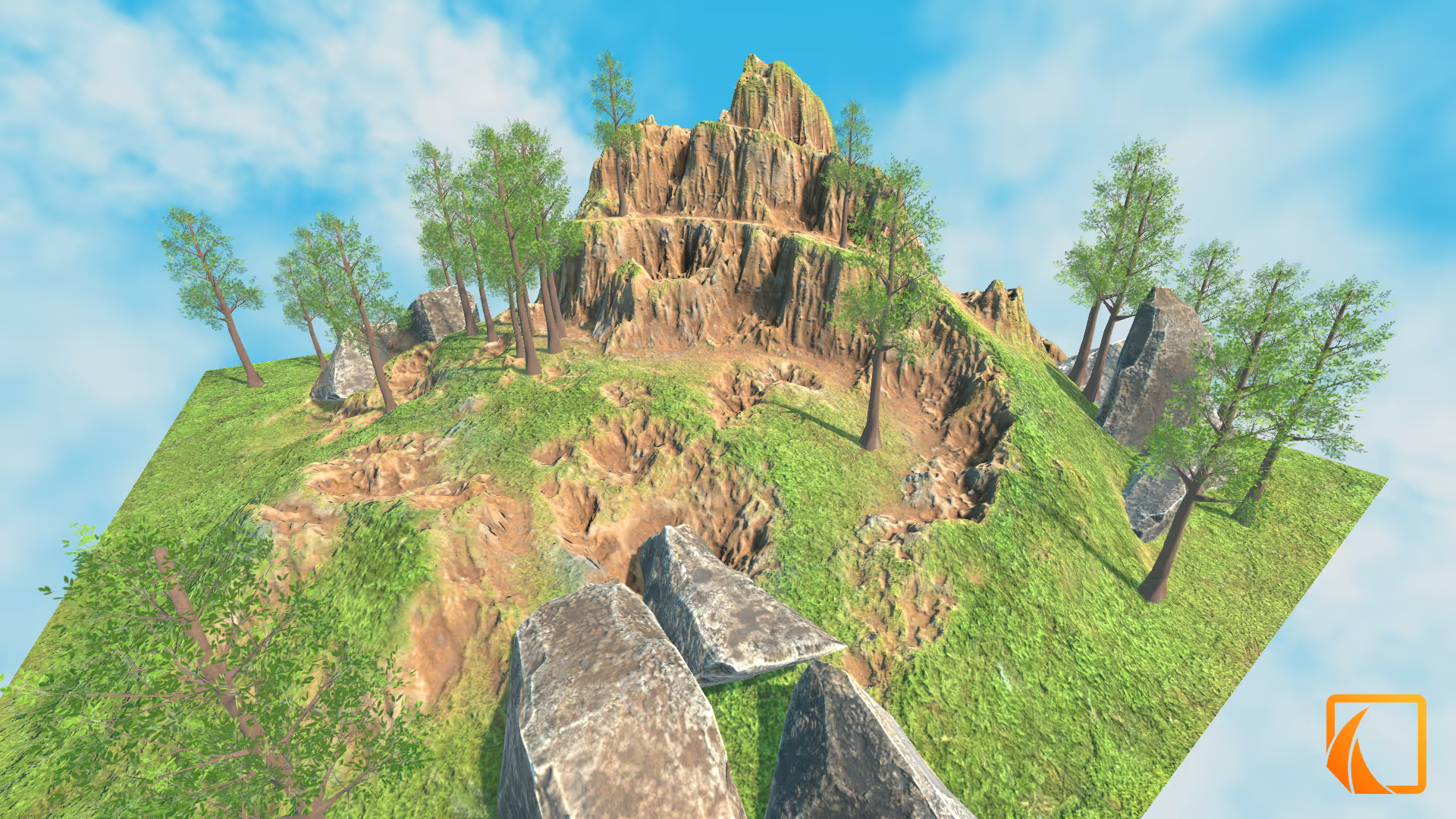The Process of Game Development
Have you ever wondered about the intricate process involved in the creation of a video game? Perhaps you’re an avid gamer, curious about how your favorite games come to life. This article will guide you through the journey of bringing a video game into existence.
Before delving further, let’s establish a clear understanding of what constitutes a video game.
Defining Video Games
A video game is an electronic or digital game played on various platforms such as mobile phones, PCs, or consoles. In these games, players interact with the game environment through characters or imagery displayed on the screen, utilizing input devices for control. The widespread adoption of digital devices like smartphones and PCs has led to the exponential rise in the popularity of video games. The first commercially available video game, the Magnavox Odyssey, was released in 1972, marking the inception of a thriving industry that encompasses a multitude of genres including role-playing, action, adventure, sports, battle, survival, art, fantasy, and entertainment.
The Development Process
The development of a video game entails a series of processes that demand both technical prowess and creative ingenuity. Let’s explore the five fundamental steps involved:
Conceptualize the game idea: Every great creation starts with an idea. Conceptualizing and defining the game idea lays the groundwork for the entire development process. This involves determining the theme, genre, and target audience, providing a roadmap for the game’s progression.
Effective game design: Once the game idea is established, the next step is to design the game meticulously. A well-designed game significantly enhances its chances of success. Game design encompasses defining gameplay mechanics, user interface elements, and even outlining marketing strategies. It’s essential to document the game design comprehensively in a Game Design Document (GDD) for clarity and reference.
Resource:
Select a game engine: With the game concept and design in place, the development phase commences. Choosing the appropriate game engine is crucial to streamline development efforts. Various game engines such as Unity, Unreal Engine, and Godot offer distinct features and capabilities. Selecting a game engine aligned with the project’s requirements facilitates smoother development.
Develop game mechanics: Utilizing the chosen game engine, developers proceed to implement gameplay mechanics based on the design specifications. This involves crafting engaging gameplay experiences, incorporating realistic graphics, immersive sound effects, and optimizing user interaction. The goal is to create an enjoyable and captivating experience for players.
Testing: Following development, rigorous testing is imperative to identify and rectify any errors or bugs. Thorough testing ensures the game’s stability and functionality. Feedback obtained during testing phases aids in refining the game and enhancing its overall quality. It’s advisable to conduct comprehensive testing before releasing the game to the public.
Resource:
Conclusion
In conclusion, the development of a video game is a multifaceted process demanding time, expertise, and financial investment. Prior research and planning are essential prerequisites for embarking on this journey. Armed with the right tools and resources, creating a video game is an achievable endeavor.
For those aspiring to venture into game development, consider reading our article on becoming a self-taught game developer to kickstart your journey.







.avif)
.avif)







.avif)










